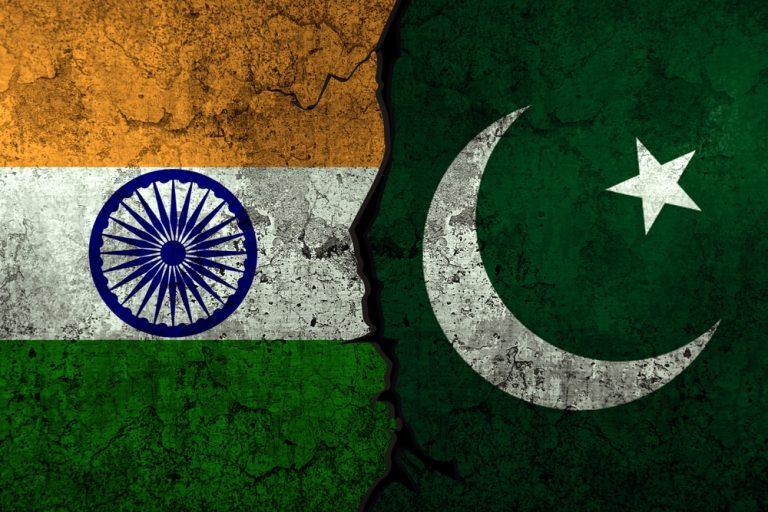Residents in Pakistan and India rushed to stockpile essential supplies, and families near the border fled to safer areas as military clashes escalated on Friday. This conflict, the worst in nearly three decades, sees both countries accusing each other of launching new military attacks, using drones and artillery for the third consecutive day.
Background to the Conflict
The fighting began when India struck multiple locations in Pakistan on Wednesday, claiming they were “terrorist camps,” in retaliation for an attack on Hindu tourists in Indian Kashmir last month. The violence has led to significant civilian displacement and increased panic buying as people prepare for the worst.
Escalation and Civilian Response
In India’s Punjab state, Amanpreet Dhillon, 26, from a village located just 13 km from the Pakistan border, shared his concerns. “I am also contemplating [fleeing]… I’m afraid my village could be next,” Dhillon said. In Uri district, Indian-administered Kashmir, many residents fled overnight, taking shelter behind rocks or in underground bunkers after heavy shelling hit their homes. “It was a nightmare for us,” said Bashir Ahmad, 45, a local resident.
Border Tensions in Lahore
In Lahore, Pakistan, close to the border, residents were startled on Thursday as drones allegedly launched by India were shot down over the city, triggering sirens. This led to a response from the U.S. consulate, instructing staff to shelter in place. Local shops were flooded with customers buying food, gas cylinders, and medicines. Aroosha Rameez, 34, a resident of Lahore, said, “I have stocked grocery for a month: we got meat, flour, tea, oil, lentils etc. and also drew extra cash from the bank.”
Panic Buying and Price Increases
Pharmacy owner Muhammad Asif, 35, noted an increase in customers buying medicines in Lahore. “People in Lahore have started stocking medicines as well, which may lead to shortages of paracetamol, anti-allergies, antibiotics, blood pressure and diabetes medicines,” he said. In response, the FoodPanda app reported a surge in grocery orders across Pakistan. Despite this, India’s Consumer Affairs Minister assured the public that there was no shortage of food grains, including rice, wheat, and pulses, despite the panic buying.
Border Region Fears and Evacuations
As the situation worsens, residents near the line of control, which divides Kashmir, face immediate threats. People are increasingly spending their nights in bunkers as shelling and firing continue through the valleys. The prime minister’s office in Pakistan-administered Kashmir confirmed that over 400 people had been evacuated from two areas near the line of control. Manzoor Ahmed, 43, from Jura Bandi village, explained, “Ever since the attack in Muzaffarabad, we have been living in our bunker, which we carved into a nearby rocky mountain.”


